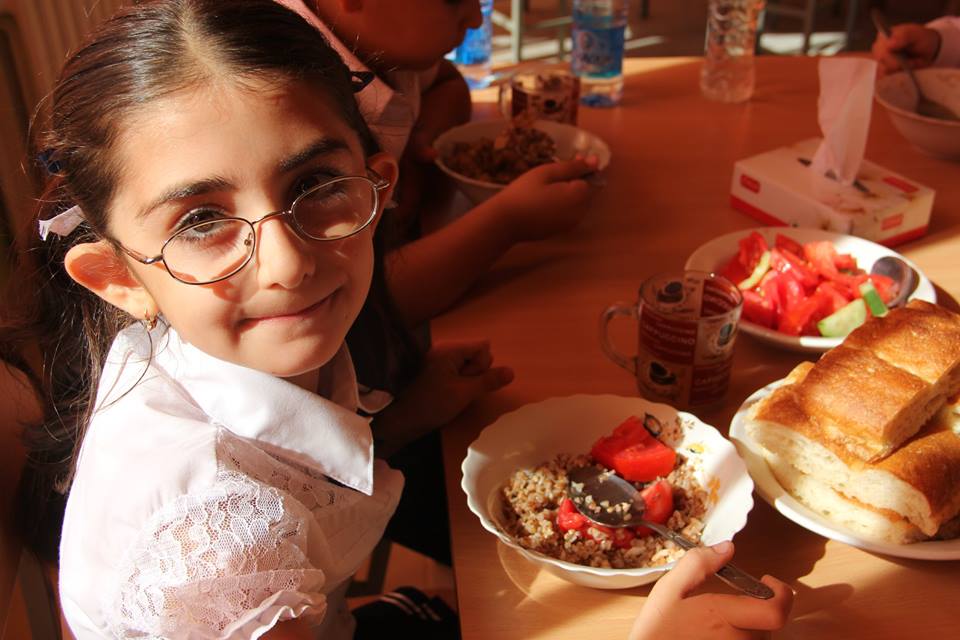
A new report paints a vivid picture of school meal programs around the world.
School meal programs around the world work hard to keep it local. In Sub-Saharan Africa, the Ghana School Feeding Program estimates that 80% of its food comes from local sources near schools. They put women at the forefront. In Tunisia, a number of rural women’s cooperatives operate school gardens. The women use the school garden for free and donate 30% of the produce to the school canteens. After that, the women sell the remaining produce on the local market to support the cooperative. On the other side of the world, Timor Leste has the highest school feeding coverage rate in the South Asia/East Asia/Pacific region – 82%.
The Global Survey of School Meal Programs
Conducted for the first time in 2019 and again in 2021, the most recent Global Survey of School Meal Programs garnered participation from 139 countries from all regions of the world. Together, this figure holds 81% of the world’s population. The survey report highlights the critical role school meal programs play in a country’s development. School meal programs serve as a social safety net, an incentive for education, and a stable market for local agriculture. In spite of the COVID-19 pandemic, many countries are scaling up their school feeding programs, with 27% of all children of primary and secondary school age receiving food through school meal programs in the 139 countries that participated in the survey. That’s 330.3 million children worldwide.
Latin America and the Caribbean Take Center Stage
Across regions, Latin America and the Caribbean stand out in terms of government support for school feeding, the level of coverage, and the integration of school meal programs with agricultural development. For example, in Argentina, where before the pandemic students received only breakfast or lunch, they now receive both meals through their schools. The school meal program in Mexico started sending children home with take-home rations on a monthly or bimonthly basis to help ease the food-related effects of the pandemic. Overall, school meal programs responded actively and with great agility in the face of COVID-19 disruptions.
Women as Partners for School Meal Programs Around the World
Women are vital partners in facilitating and implementing many school meal programs. First, they make up the majority of the cooking workforce. In Zambia, women’s groups sell vegetables to schools to help generate independent income. Similarly, a program in Syria creates employment for women in a ready-made meals kitchen and a factory that produces date pastries for the School Feeding Program. On one hand, this trend presents an opportunity. Namely, programs could begin to serve as a platform for women’s empowerment by ensuring that women earn stature and training. This can happen even when they do not receive remuneration. On the other hand, the extent to which cooks work on a volunteer basis in lower-income settings undercuts the potential for school meal programs to improve the welfare and economic status of their workforce – particularly their female workforce.
GCNF plans to discuss the survey findings, among other topics, at the upcoming Global Child Nutrition Forum. This year’s Forum will be held in Cotonou, Benin in October. To learn more about the 2022 School Meal Programs Around the World report, go to survey.gcnf.org.

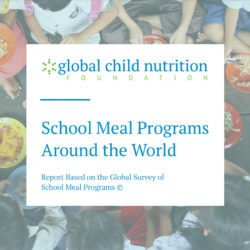




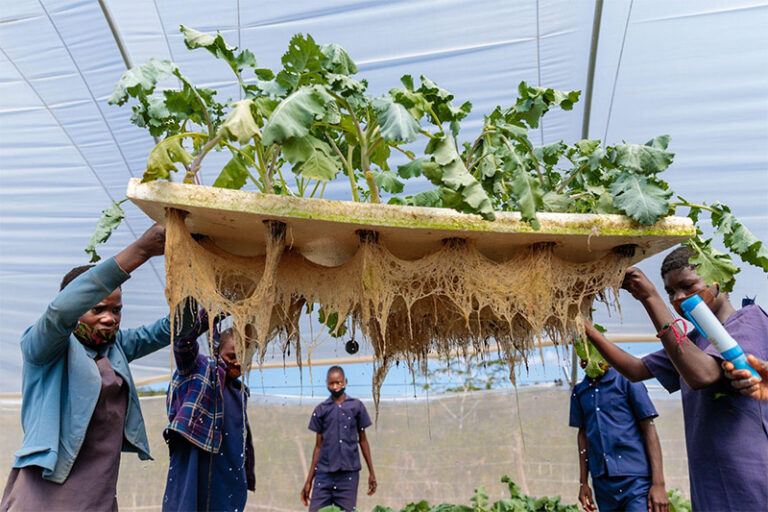
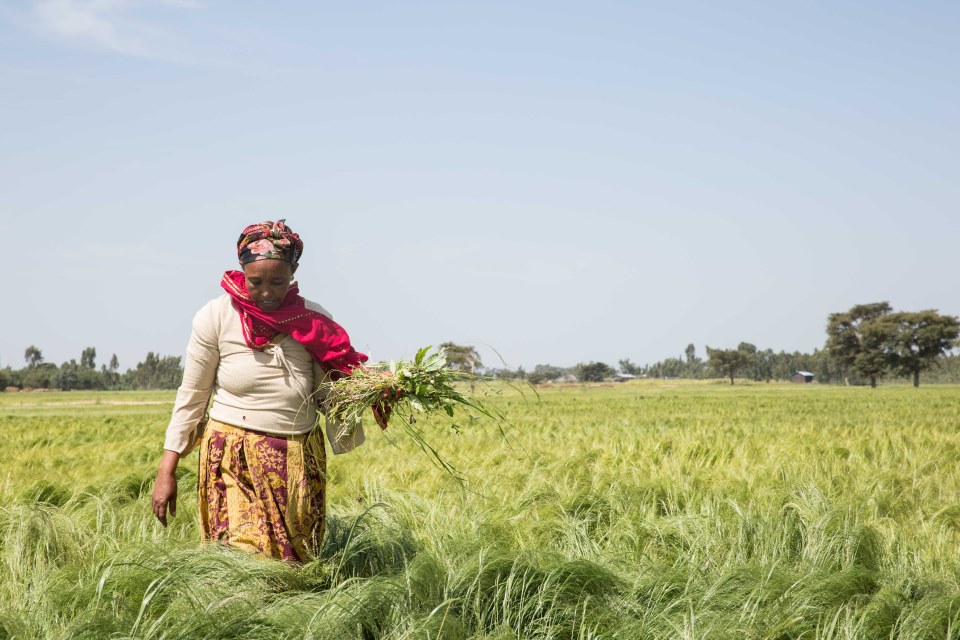
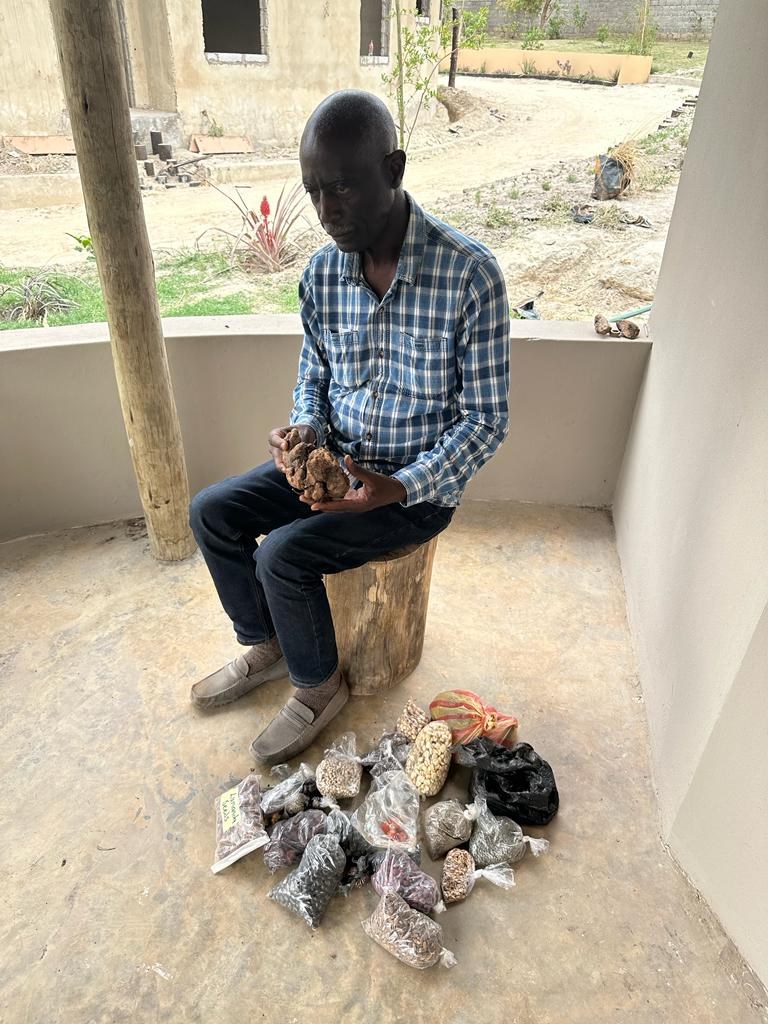
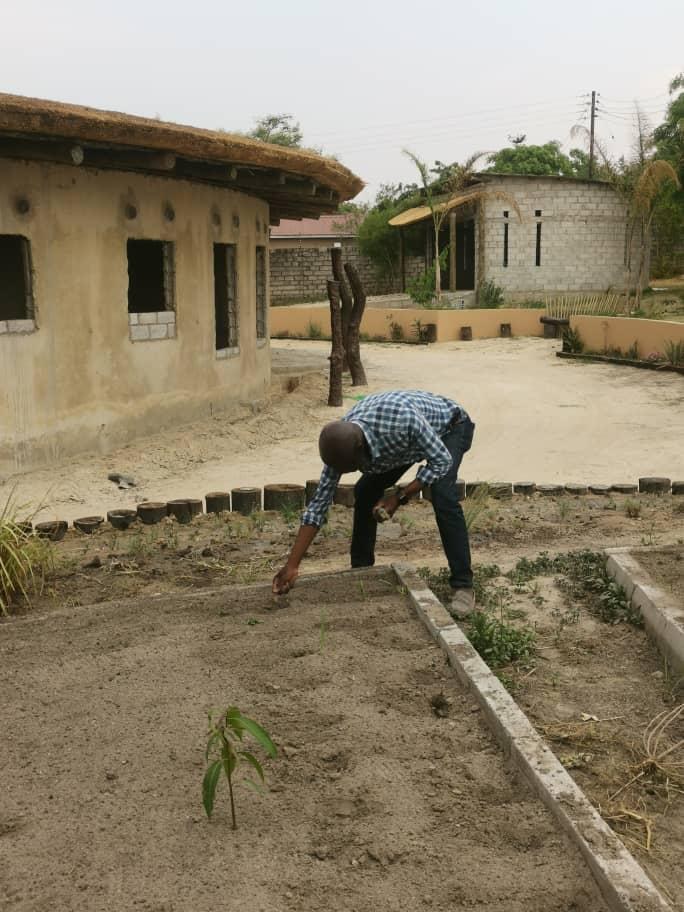
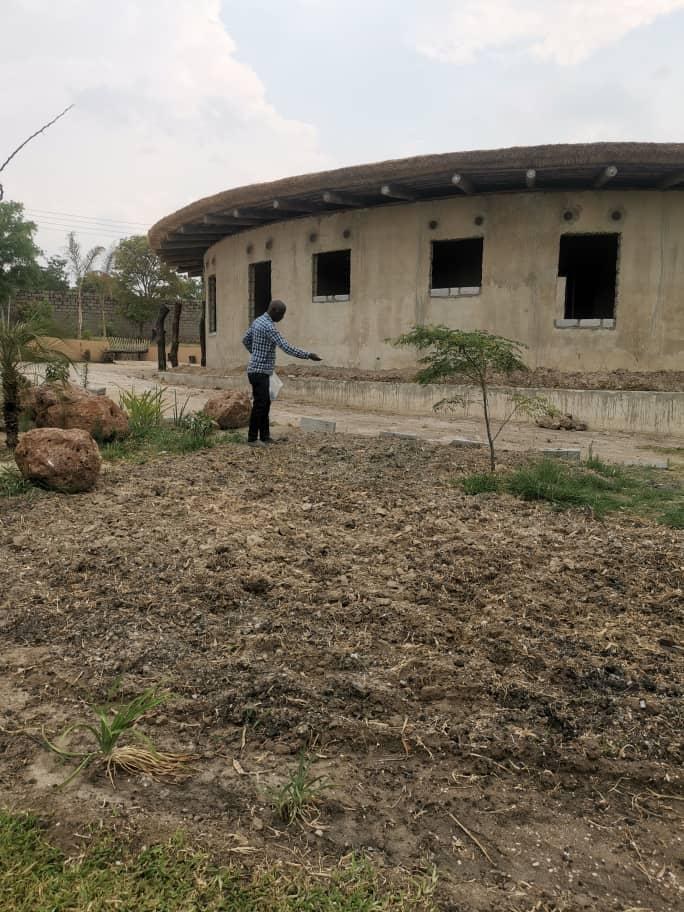


No comment yet, add your voice below!